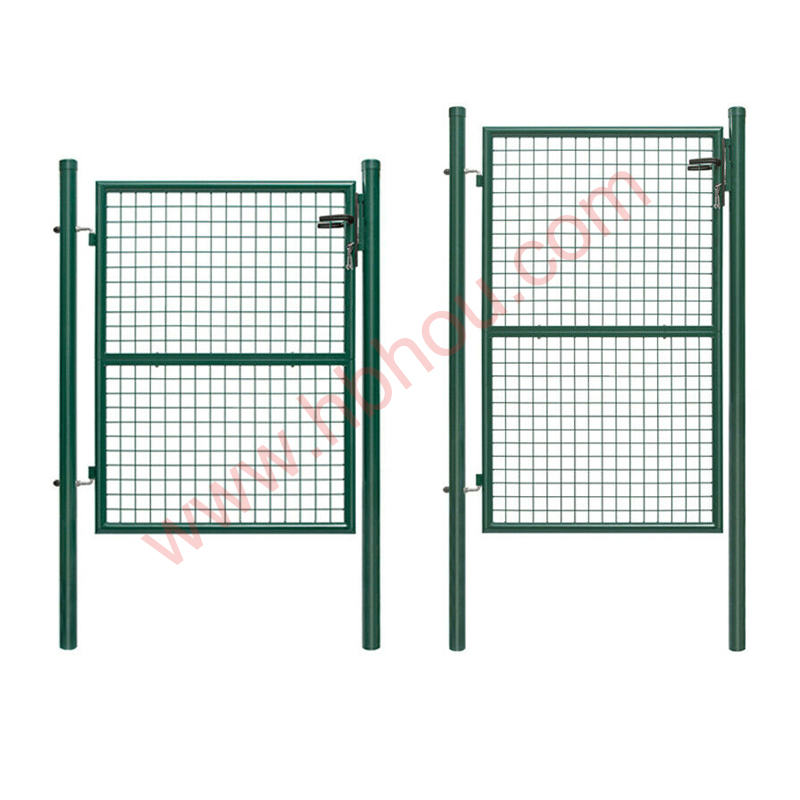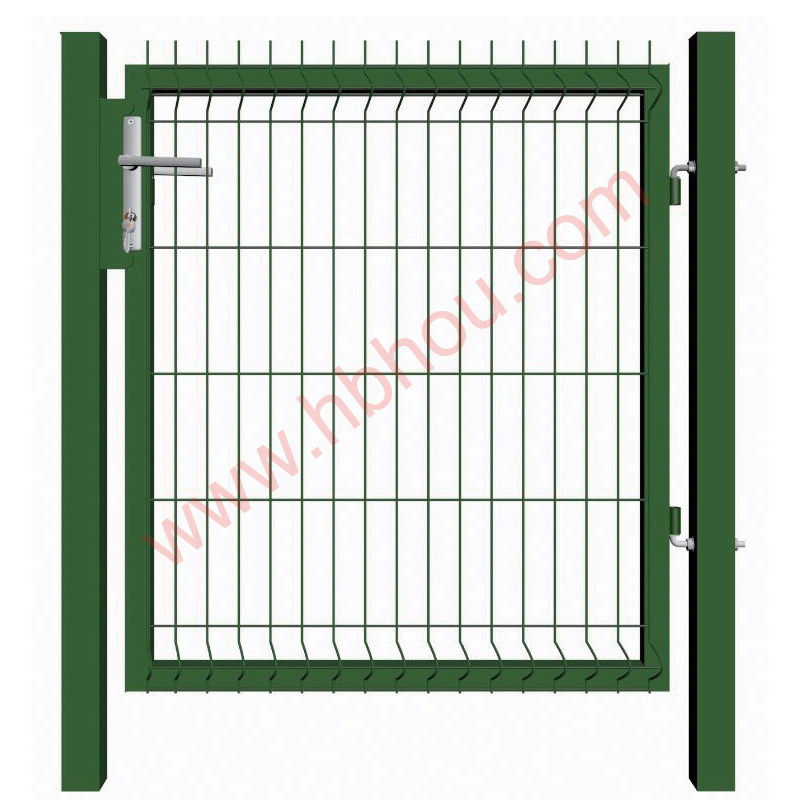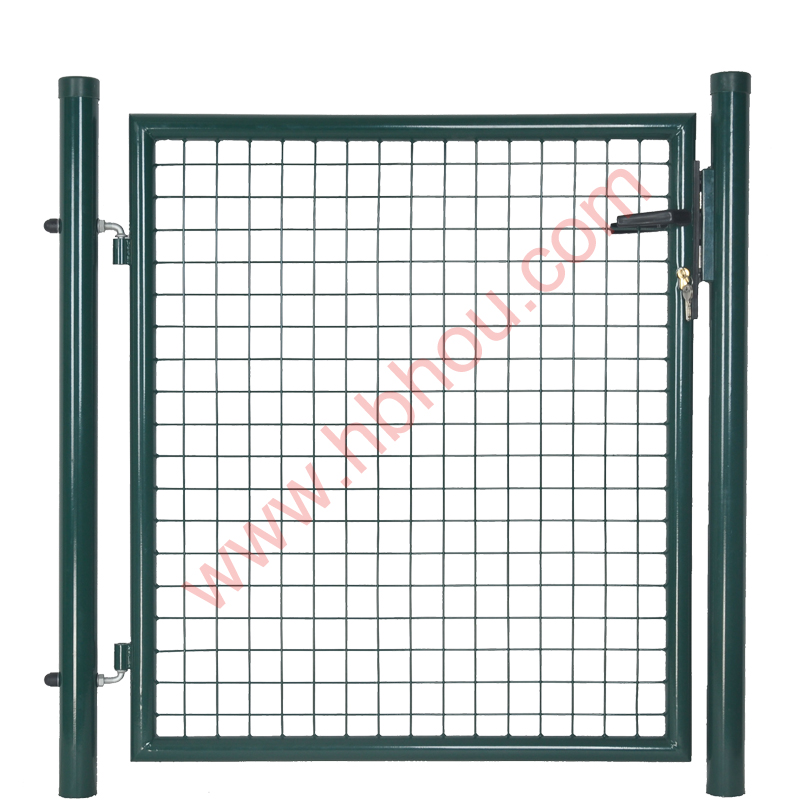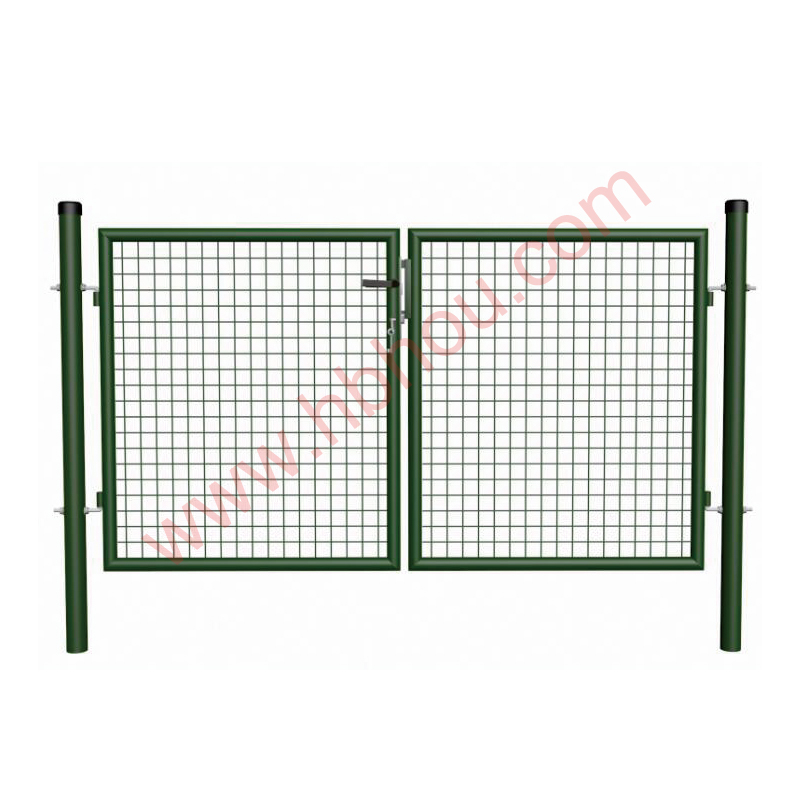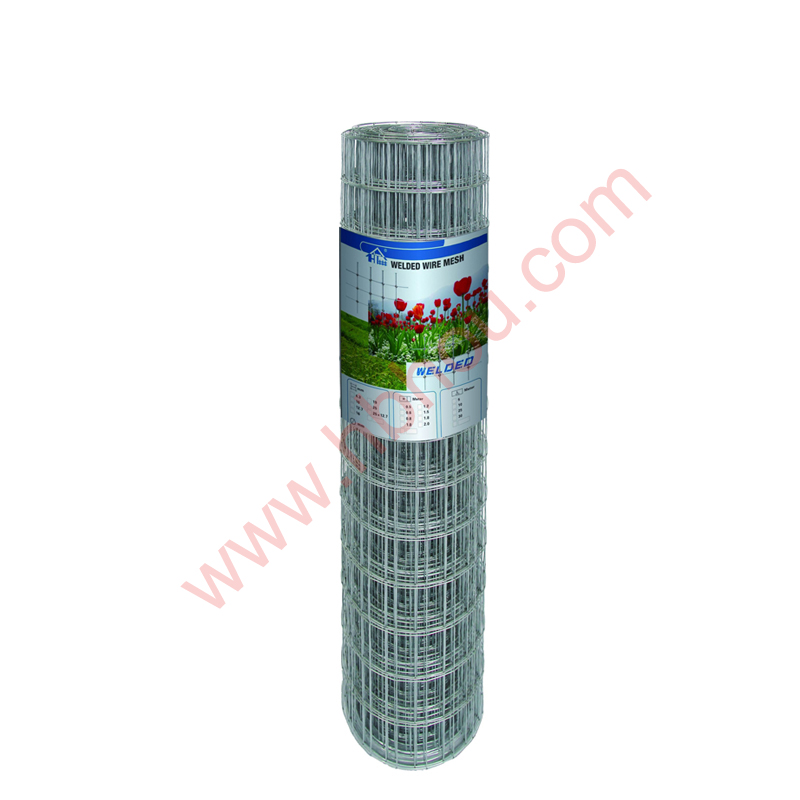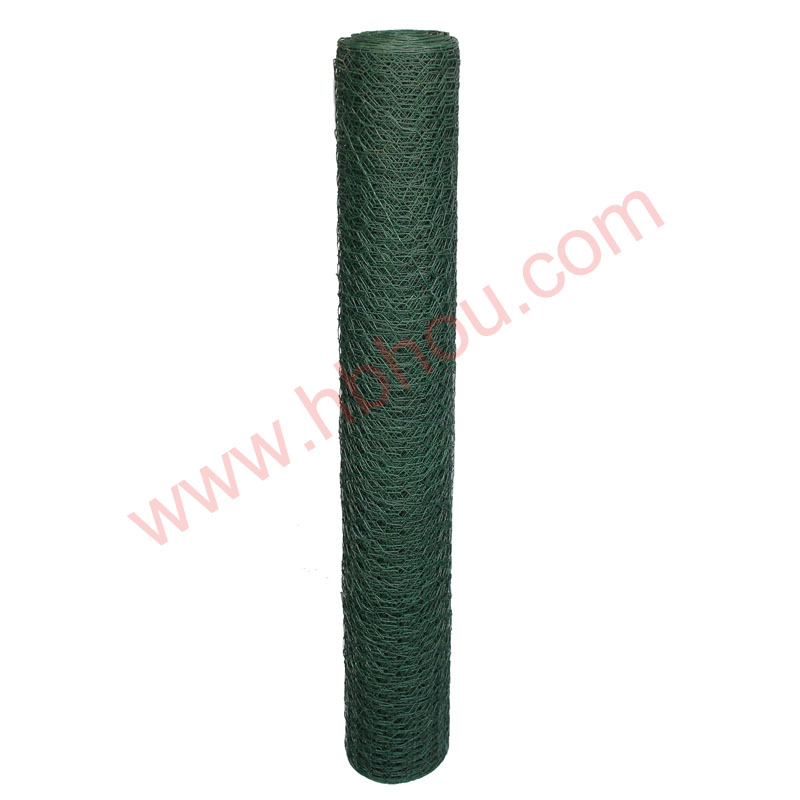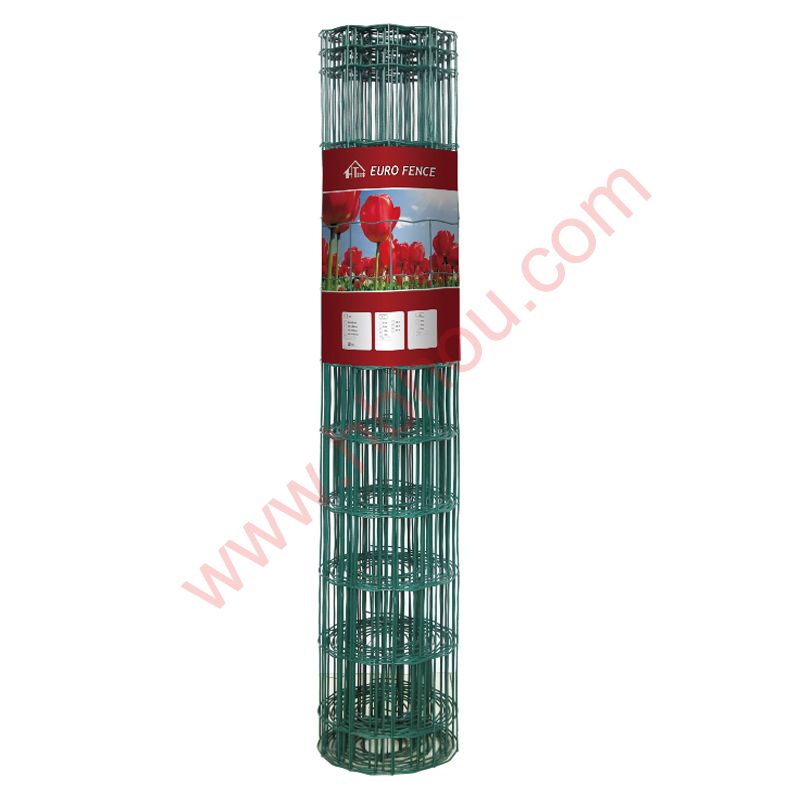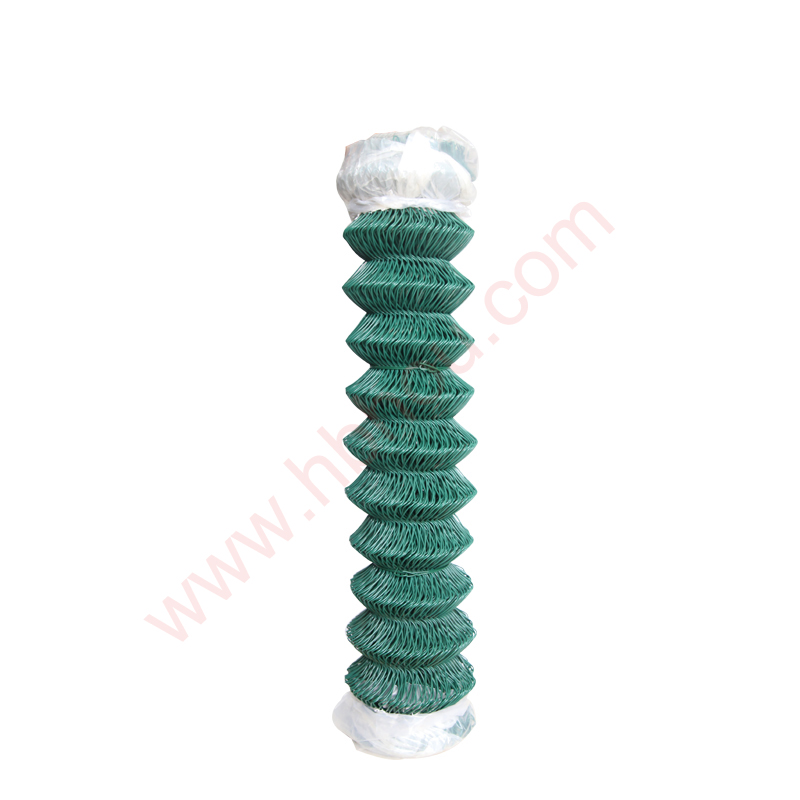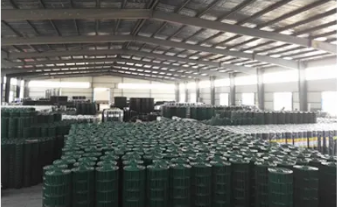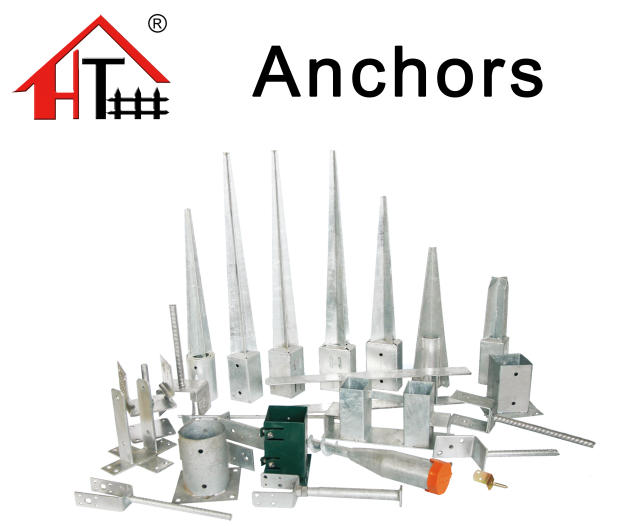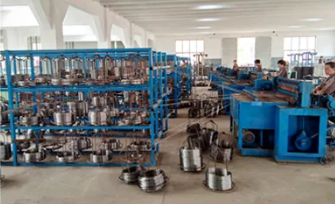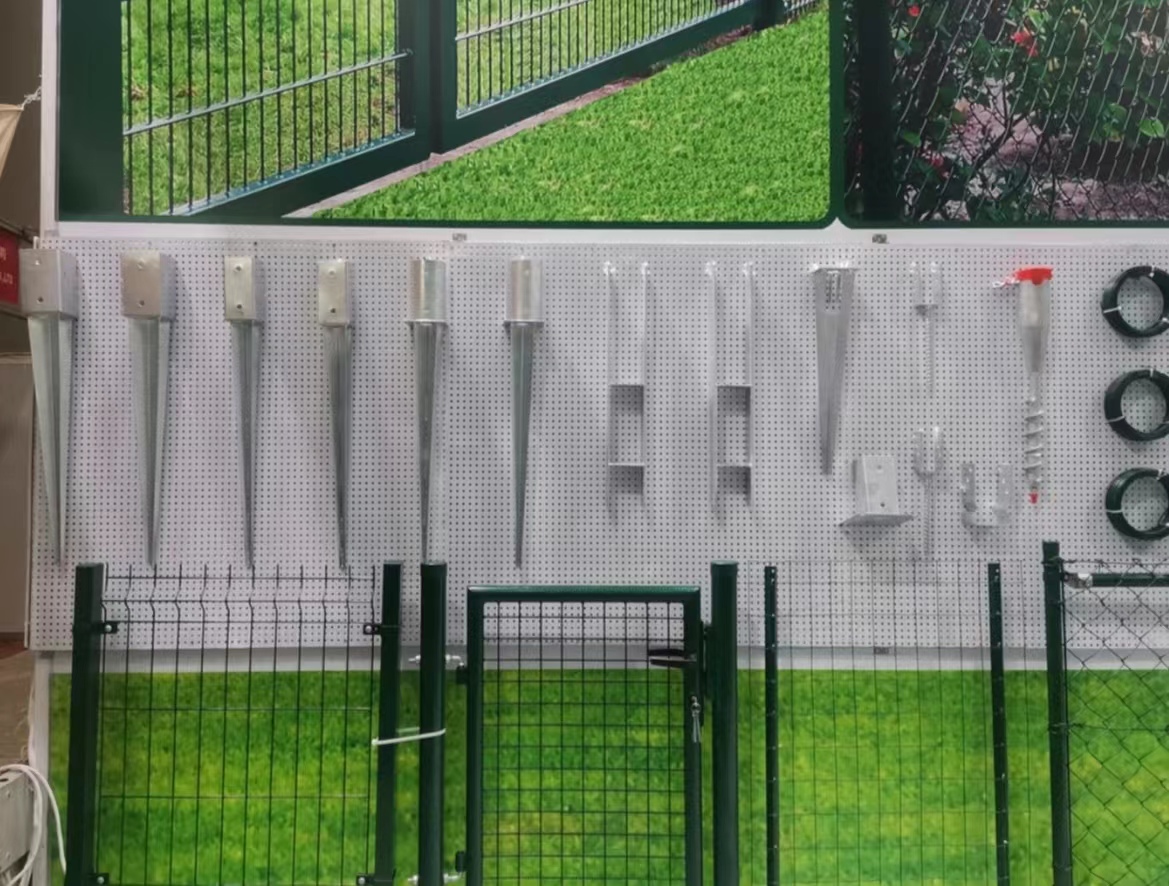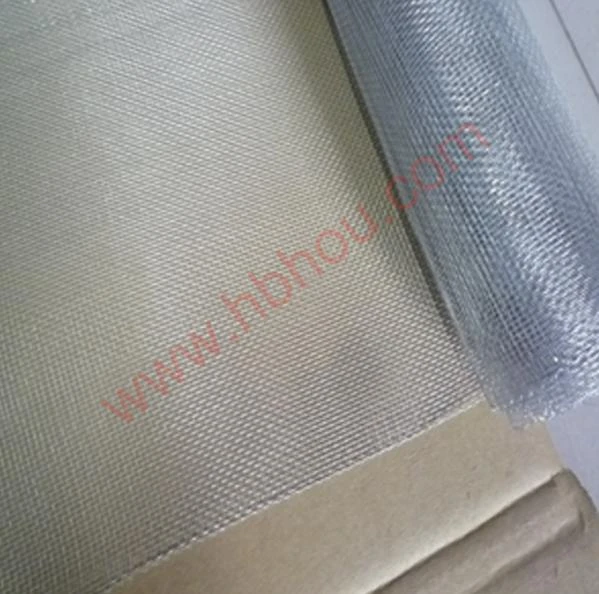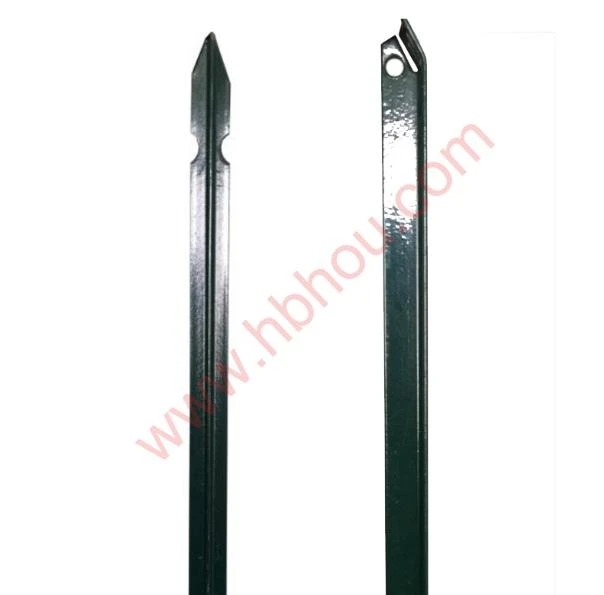The Versatility and Utility of Gabion Sacks
In the realm of modern construction and landscaping, innovative solutions are constantly being explored to address environmental challenges and enhance structural integrity. Among these solutions are gabion sacks, which have recently gained traction across various industries due to their versatility and sustainable characteristics.
Gabion sacks are essentially large, woven containers typically made from durable, weather-resistant materials such as geotextile textiles. They are designed to be filled with rocks, gravel, soil, or other aggregate materials to form a sturdy, semi-permeable barrier. Traditionally, gabions were employed as cages or baskets filled with stone, primarily for erosion control and retaining walls. However, the evolution of gabion technology has led to the development of these sacks, which offer a myriad of benefits.
One of the most significant advantages of gabion sacks is their environmental sustainability. As the world becomes increasingly aware of the need for eco-friendly construction practices, gabion sacks provide a commendable alternative to conventional materials. By using locally sourced materials for filling, the carbon footprint associated with transportation is significantly reduced. Additionally, the permeable nature of gabion sacks allows for natural water drainage, thereby reducing the risk of flooding and soil erosion in vulnerable areas. This aspect makes them particularly beneficial in areas prone to heavy rainfall and landslides.
The installation of gabion sacks is relatively straightforward, which contributes to their popularity within both commercial and residential projects. Unlike traditional concrete barriers, which often require extensive planning and labor, gabion sacks can be quickly positioned and filled on-site. This ease of installation not only saves time but also reduces labor costs significantly. Furthermore, the modular design of gabion sacks allows for flexibility and adaptability to various landscapes, making them an excellent choice for both urban and rural settings.
gabion sacks
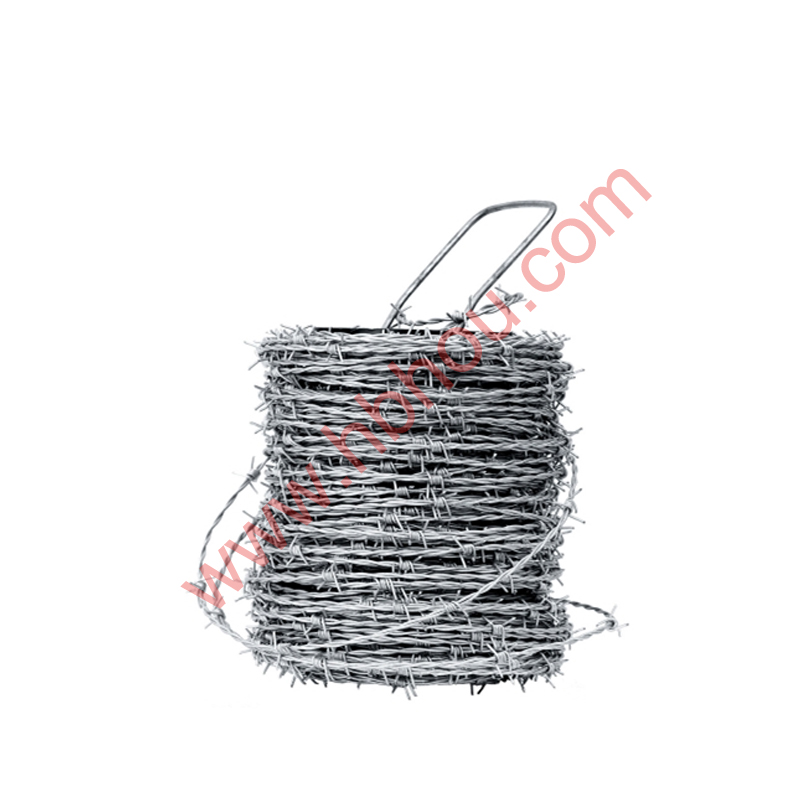
Another critical application of gabion sacks is in landscape design. They can be employed as decorative elements that enhance the aesthetic appeal of gardens and parks. By varying the materials used within the sacks, landscape architects can create visually striking structures that blend seamlessly with natural surroundings. Whether used in retaining walls, garden beds, or decorative features, gabion sacks can add both functionality and beauty to outdoor spaces.
In addition to their uses in construction and landscaping, gabion sacks have gained recognition in environmental restoration projects. They can be employed in riverbank stabilization efforts, where they help to prevent soil erosion while allowing for the natural flow of aquatic life. Moreover, the use of plant material within gabion sacks can facilitate biodiversity by creating habitats for various species. This aspect is particularly vital in urban areas where green spaces are limited.
Despite their many advantages, it is crucial to note that the successful use of gabion sacks requires proper planning and design. Factors such as soil type, load-bearing capacity, and hydrology must all be considered to ensure optimal performance. Working with experienced professionals in the field can help ensure that gabion solutions are tailored to meet the specific needs of a project.
In conclusion, gabion sacks represent a remarkable fusion of practicality and environmental consciousness. Their applications range from structural reinforcement to landscape design and ecological restoration, making them a valuable asset in contemporary construction practices. As the demand for sustainable solutions continues to grow, gabion sacks are poised to become an increasingly popular choice in ecologically responsible design and construction across the globe.

